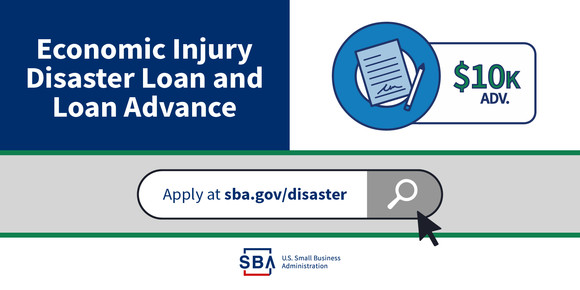PPP Loan Deadline To Be Extended
The banks-managed SBA disaster loan program, the Paycheck Protection Program (PPP), was to expire June 30th. In reality, most lenders had already closed their application windows already, to have tome to process the applications.The PPP is a low-cost, forgivable loan program for employers and self-employed to pay for payroll and other expenses, covering 2 1/2 months of these costs.
This week, the Senate has unexpectedly passed an extension of application deadline for these PPP small-business loans. The Senate reached a deal to extend Paycheck Protection Program hours before it was set to expire.
“Senate passed extension of application deadline for PPP small-business loans. Senate reaches deal to extend Paycheck Protection Program hours before it was set to expire.” ~The Hill
https://thehill.com/homenews/505360-senate-extends-application-deadline-for-ppp-small-business-loans
Prospects for the legislation in the House, however, were uncertain. Both chambers are set to adjourn for a two-week recess by week’s end.
https://www.washingtonpost.com/business/2020/06/30/paycheck-protection-program/
UPDATE: Wednesday evening – The House just approved Senate-passed bill to extend the Paycheck Protection Program through August 8th by unanimous consent. PPP application loan filing deadline expired at midnight last night. Bill now heads to WH for the President’s signature.
https://www.congress.gov/116/bills/s4116/BILLS-116s4116es.pdf
There remains over a hundred billion dollars not used.
Finding a bank or ‘fintech’ to accept your PPP application is still a challenge however.
https://bench.co/blog/operations/ppp-lenders/
The SBA’s EIDL loan program remains open. This loan program is managed by the SBA itself. The online applications for this program is accessed at sba.gov.
https://smartasset.com/financial-advisor/emergency-eidl-grant
https://bench.co/blog/operations/ppp-eidl-pua-overview/
EIDL application portal is HERE, at sba.gov >>>


 To further meet the needs of U.S. small businesses and non-profits, the U.S. Small Business Administration reopened the
To further meet the needs of U.S. small businesses and non-profits, the U.S. Small Business Administration reopened the  Find a Lender for the PPP right away if you have not done so already. The deadline for SBA to approve the guarantee on PPP loans submitted by lenders participating in the program is June 30th. This means you must find a lender in time for the lender to submit your application to SBA and receive approval for the guarantee on the loan. The program is open to small businesses impacted by the Coronavirus Pandemic. Sole proprietors, self-employed individuals, and other business owners are urged to consider applying for this program. For More Details about the PPP, visit
Find a Lender for the PPP right away if you have not done so already. The deadline for SBA to approve the guarantee on PPP loans submitted by lenders participating in the program is June 30th. This means you must find a lender in time for the lender to submit your application to SBA and receive approval for the guarantee on the loan. The program is open to small businesses impacted by the Coronavirus Pandemic. Sole proprietors, self-employed individuals, and other business owners are urged to consider applying for this program. For More Details about the PPP, visit 

